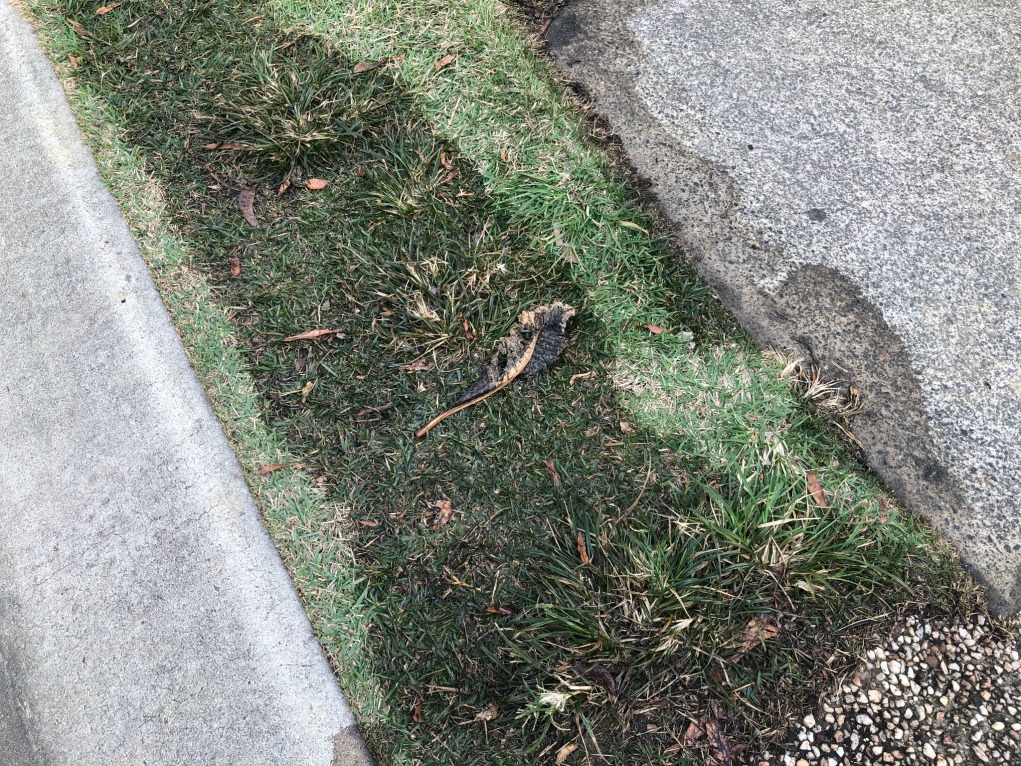In this article down the page you'll find a good deal of high-quality guidance on the subject of Detecting hidden plumbing leaks.

Early detection of dripping water lines can alleviate a potential calamity. Some tiny water leakages may not be visible.
1. Take A Look At the Water Meter
Every house has a water meter. Examining it is a surefire manner in which helps you find leakages. For starters, shut off all the water sources. Guarantee nobody will certainly purge, utilize the tap, shower, run the washing maker or dishwasher. From there, go to the meter and also watch if it will change. Since no one is using it, there must be no activities. That suggests a fast-moving leakage if it relocates. If you find no adjustments, wait a hr or 2 as well as inspect back once again. This implies you may have a slow leak that could even be below ground.
2. Examine Water Usage
Evaluate your water bills and also track your water consumption. As the one paying it, you should observe if there are any inconsistencies. If you spot sudden changes, in spite of your consumption coinciding, it means that you have leakages in your plumbing system. Remember, your water expense should fall under the very same range on a monthly basis. An abrupt spike in your expense shows a fast-moving leak.
Meanwhile, a stable boost monthly, despite the exact same routines, reveals you have a slow-moving leakage that's additionally gradually rising. Call a plumber to completely check your residential property, particularly if you feel a warm location on your flooring with piping beneath.
3. Do a Food Coloring Test
30% comes from commodes when it comes to water usage. Test to see if they are running effectively. Decline specks of food shade in the storage tank and wait 10 mins. There's a leakage in between the storage tank and also bowl if the shade somehow infiltrates your dish throughout that time without flushing.
4. Asses Outside Lines
Do not fail to remember to check your exterior water lines as well. Should water leak out of the connection, you have a loose rubber gasket. One small leak can throw away heaps of water and increase your water bill.
5. Assess the circumstance and check
House owners should make it a routine to examine under the sink counters and also inside closets for any bad odor or mold and mildew development. These two warnings show a leak so timely interest is called for. Doing routine evaluations, also bi-annually, can conserve you from a significant problem.
Much more significantly, if you recognize your residence is currently old, maintain a watchful eye on your heating systems, hoses, pipes etc. Look for stainings as well as deteriorating as a lot of appliances and pipelines have a life span. They will additionally normally weaken due to tear as well as wear. If you think leaking water lines in your plumbing system, do not wait on it to escalate. Call an expert plumber immediately so you do not end up with a dreadful mess in your home.
Early discovery of dripping water lines can mitigate a prospective catastrophe. Some little water leakages may not be visible. Inspecting it is a guaranteed method that aids you find leakages. One little leakage can squander heaps of water and also increase your water costs.
If you believe dripping water lines in your plumbing system, do not wait for it to rise.
How to Know If Your Home Has a Hidden Leak
Water Meter Reveals Inexplicable Water Usage
If you’d like to test whether or not there’s a leak somewhere in your home, you can do this using your water meter. Here is how to conduct the test:
Don’t use any water in your home for at least 30 minutes; this also means not turning on faucets or water-using appliances.
Go outside, and check your water meter for activity.
If your water meter shows that there was activity, even though no one was using any water, this proves that there is a leak in your home.Visible Mold or Mildew Growth
Leaks behind walls create moist, dark environments that allow mold and mildew to grow and thrive. Eventually, you might see mold growth forming on the wall closest to a hidden leak.
If mold is growing in an area that receives a high amount of moisture, such as a bathroom, it may simply be an indication that better ventilation is needed. However, if you see mold growth on a wall or the ceiling in an area where you would not expect, you probably have a hidden leak.
Musty, Mildew Odor
Sometimes you might not be able to see the mold or mildew that is growing as a result of a leak. However, the smell can give the problem away just as easily. If you catch a whiff of something musty, there’s a good chance that old water is collecting somewhere in your home that you can’t see.
Stained/Warped Walls, Ceilings, or Floors
When your home soaks up water, a variety of red flags can become visible, including ceiling stains, bubbling drywall, warped walls, and sagging floors. While these issues can be caused by excess humidity, they can also be signs that a pipe or plumbing connection has started leaking behind your walls.
Inexplicably High Water Bill
After a while, you get a general sense for what your water bill should be. If you own a pool or sprinkler system, your bill will tend to be higher during summer. However, if you receive a water bill that seems especially high, and you can’t figure out what caused it, then you may have a hidden leak somewhere that’s increasing your bill.
https://www.plumbingjoint.com/blog/2019/july/how-to-know-if-your-home-has-a-hidden-leak/
.jpg)
We were shown that editorial on Hacks to detect leaks through an acquaintance on another web blog. For those who enjoyed our post if you please do not forget to pass it around. I love reading our article about Leaking water lines.